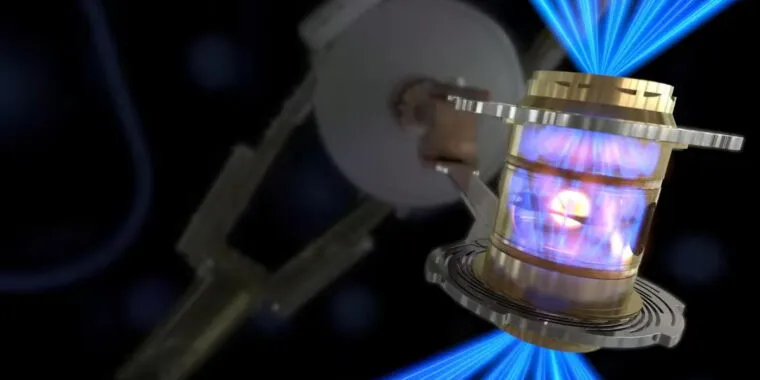- cross-posted to:
- [email protected]
- [email protected]
- cross-posted to:
- [email protected]
- [email protected]
US government scientists have achieved net energy gain in a fusion reaction for the second time, a result that is set to fuel optimism that progress is being made toward the dream of limitless, zero-carbon power.
Physicists have since the 1950s sought to harness the fusion reaction that powers the Sun, but until December no group had been able to produce more energy from the reaction than it consumes—a condition also known as ignition.
Researchers at the federal Lawrence Livermore National Laboratory in California, who achieved ignition for the first time last year, repeated the breakthrough in an experiment on July 30 that produced a higher energy output than in December, according to three people with knowledge of the preliminary results.
The laboratory confirmed that energy gain had been achieved again at its laser facility, adding that analysis of the results was underway.
“Since demonstrating fusion ignition for the first time at the National Ignition Facility in December 2022, we have continued to perform experiments to study this exciting new scientific regime. In an experiment conducted on July 30, we repeated ignition at NIF,” it said. “As is our standard practice, we plan on reporting those results at upcoming scientific conferences and in peer-reviewed publications.”
Fusion is achieved by heating two hydrogen isotopes—usually deuterium and tritium—to such extreme temperatures that the atomic nuclei fuse, releasing helium and vast amounts of energy in the form of neutrons.
Although many scientists believe fusion power stations are still decades away, the technology’s potential is hard to ignore. Fusion reactions emit no carbon, produce no long-lived radioactive waste, and a small cup of hydrogen fuel could theoretically power a house for hundreds of years.
The most widely studied approach, known as magnetic confinement, uses huge magnets to hold the fuel in place while it is heated to temperatures hotter than the Sun.
The NIF uses a different process, called inertial confinement, in which it fires the world’s largest laser at a tiny capsule of the fuel triggering an implosion.
“Net” energy gain. I really dislike the convention for fusion to discount much of the energy put in as it gives the impression the technology is much further along than it really is.



